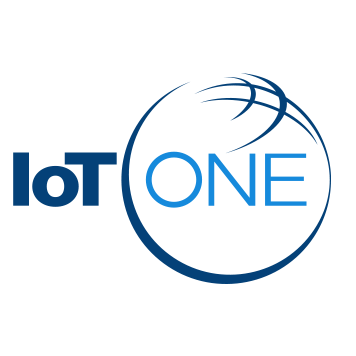Overview
this profile, please contact us at team@iotone.com
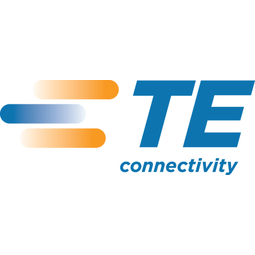 |
TE ConnectivityA New Sense of Connectivity |
| Switzerland | |
| 2007 | |
| Private | |
| > $10b | |
| > 50,000 | |
| Open website |
IoT Snapshot
Technology Stack
Case Studies
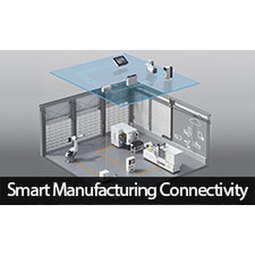 |
IIC Smart Manufacturing Connectivity for Brown-field Sensors
The discrete manufacturing domain is characterized by a strictly hierarchical structure of the automation systems, commonly referred to as the automation pyramid. Data acquired by a sensor typically flows through an IO-module into a Programmable Logic Controller (PLC) which manages the local real-time control system. As all process data are concentrated in the PLC, re-programming the PLC and thus, implementing interfaces to access these data appear to be the natural choice to transfer them to the IT system. However, for brownfield installations this choice has proven impracticable for the following two reasons:In brownfield facilities, PLC usually operate within a once-specified environment and are rarely re-programmed. That is why the active staff is often not familiar with the code and lacks of the competence to modify the existing implementation in a reasonable amount of time.Furthermore, for cost reasons, any PLC was selected to exactly match the requirements of the environment within which it was intended to operate. That is why it cannot be assumed that a PLC will be able to support additional tasks such as communicating data through additional interfaces. |
Podcasts
|
IIC x IoT ONE IIoT Spotlight Podcast EP039: How to ensure connectivity for brownfield sensors - An Interview with Michael Hilgner of TE Connectivity
Wednesday, Oct 10, 2018
*This episode of the Industrial IoT Spotlight Podcast is sponsored by the Industrial Internet Consortium We discuss the IIC test bed for smart manufacturing connectivity for brownfield sensors. What are the key challenges to implementing IoT sensors and technologies in brownfield environments? How can we ensure that all technologies and business processes have interoperability with each other? How will communication standards evolve in the industry in the future? Michael Hilgner of TE Connectivity explains to us the challenges and best practices of implementing connected sensors in a brownfield environment. Dr. Michael Hilgner has engaged himself in communication infrastructure and high-frequency components design in diverse roles throughout his career. In his current role as Manager Consortia & Standards at TE Connectivity’s Industrial Business Unit, he provides his experience to international standardization activities and industrial user groups in the areas of industrial networks, fieldbuses and cabling systems. In addition to his engagement at IIC where he leads the Smart Manufacturing Connectivity for Brown-field Sensors Testbed, Michael contributes to several Industrie 4.0 working groups to detail I4.0 requirements and technologies for active and passive infrastructure components. Read More
|
Similar Suppliers
 |
Honeywell
Honeywell invents and manufactures technologies to address some of the world’s toughest challenges initiated by revolutionary macrotrends in science, technology and society. They improves business performance for customers with automation and control solutions, equipment and services that enhance safety, reliability and efficiency. Year founded: 1906 Revenue: $40.3 billion (2014) NYSE: HON |
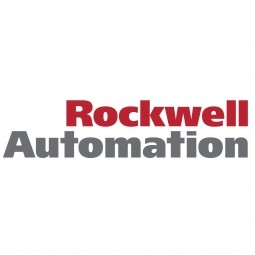 |
Rockwell Automation
Rockwell is a provider of industrial automation power, control and information solutions that helps manufacturers achieve a competitive advantage for their businesses. Rockwell operates in two segments: Architecture & Software, which deals in hardware, software and communication components of the organization, and Controls Products & Solutions that handles a portfolio of intelligent motor control and industrial control products, application expertise and project management capabilities. |
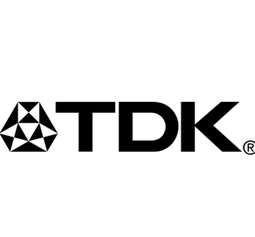 |
TDK
TDK Corporation is a leading electronics company based in Tokyo, Japan. It was established in 1935 to commercialize ferrite, a key material in electronic and magnetic products. TDK's portfolio includes electronic components, modules and systems marketed under the product brands TDK and EPCOS, power supplies, magnetic application products as well as energy devices, flash memory application devices, and others. |
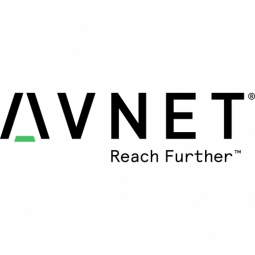 |
Avnet
Headquartered in Phoenix, AZ, Avnet, Inc. focuses exclusively on the unique needs of embedded OEMs, solution providers, and independent software vendors. Our broad range of product lifecycle management services provide flexible options that support you from solution development through delivery including concept design, engineering, manufacturing, systems integration, order management, warehousing and logistics. |
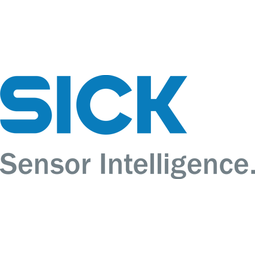 |
SICK
Founded in 1946, the company now has more than 50 subsidiaries and equity investments as well as numerous agencies around the globe. In the fiscal year 2015, SICK had more than 7,400 employees worldwide and achieved Group sales of just under EUR 1.3 billion. From factory automation to logistics automation and process automation, SICK is one of the leading sensor manufacturers. As a technology and market leader, SICK provides sensors and application solutions that create the perfect basis for controlling processes securely and efficiently, protecting individuals from accidents, and preventing damage to the environment. |

